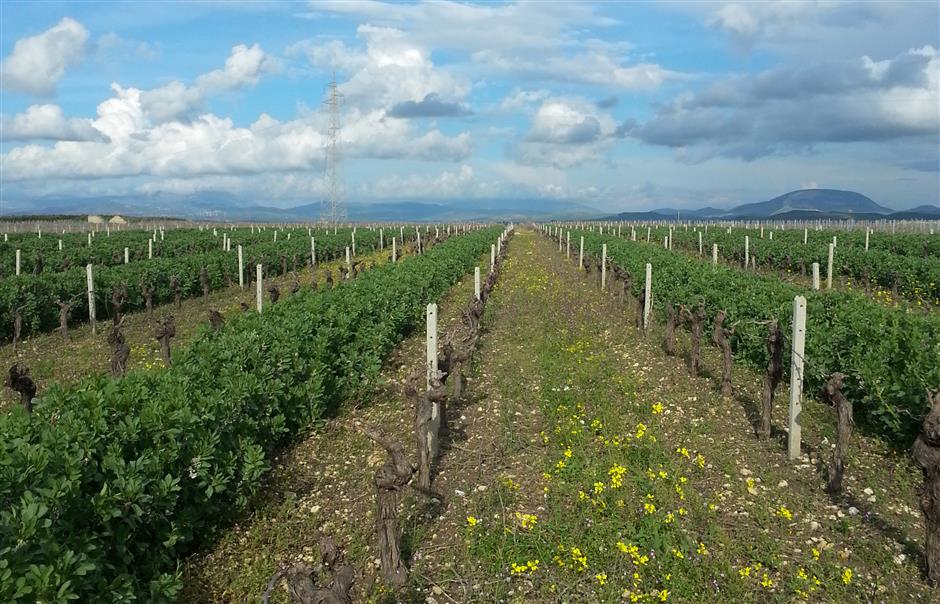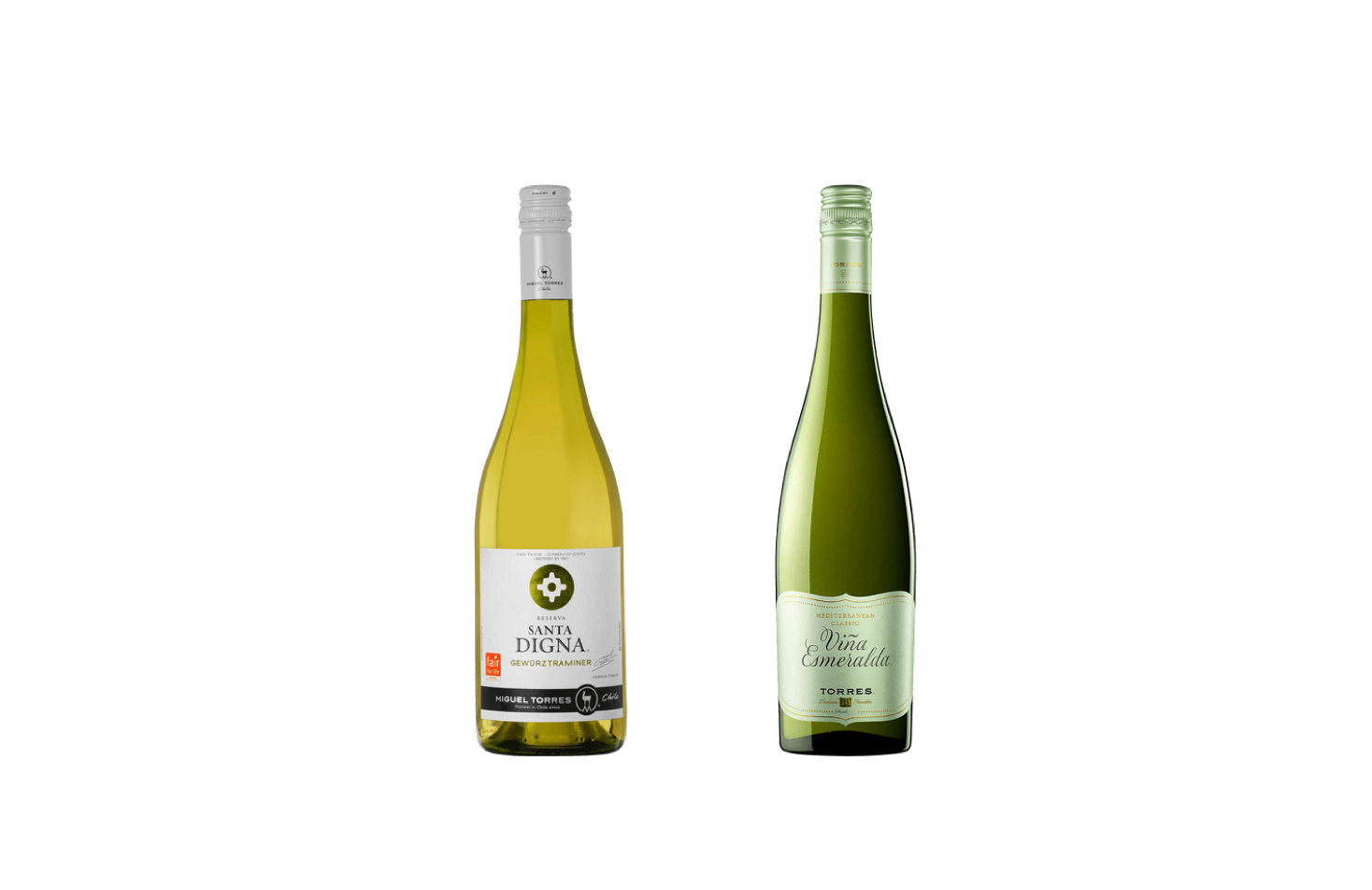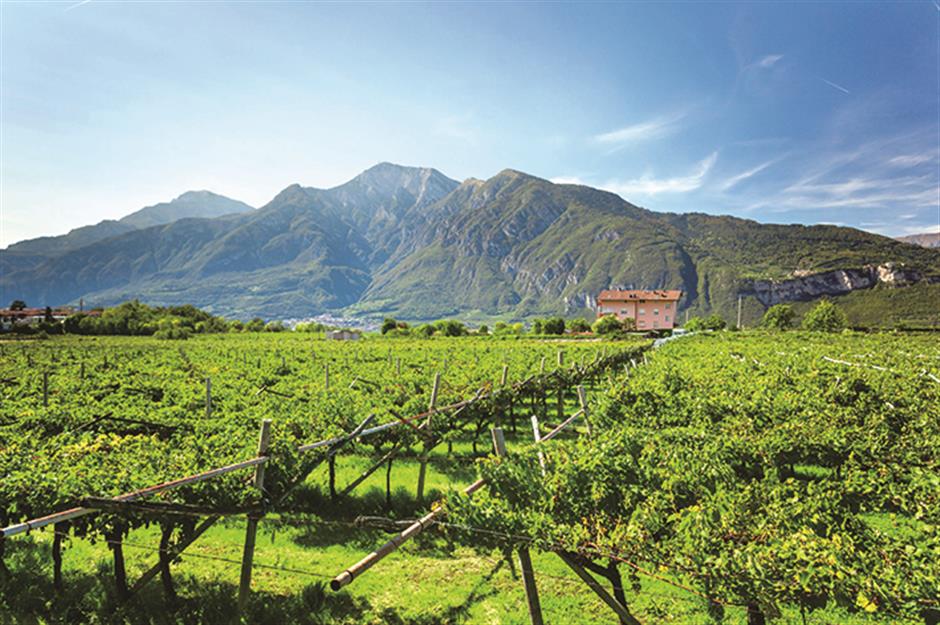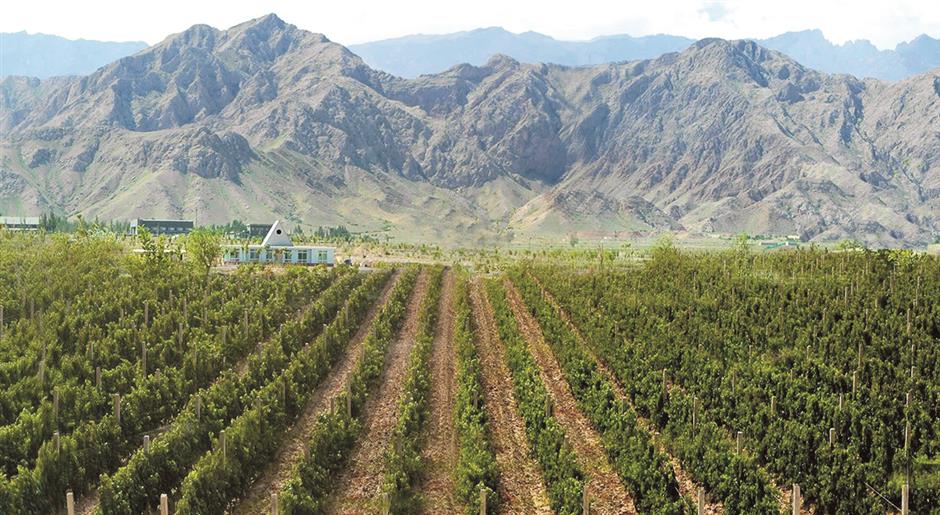Summary
For nearly a decade it’s been an honor to work with my friends at Shanghai Daily newspaper. Over the years they’ve given me some challenging topic suggestions for my wine column and I’ve always prided myself as being up to the game. The lead story topic of today’s iDEAl section is bullfrogs. Wow!
As I ruminated over a storyline based on the topic of bullfrogs, suddenly it hit me; the connection is a golden oldie song “Joy to the World” by Three Dog Night. Why? Because the opening verse starts with, “Jeremiah was a bullfrog; he was good friend of mine; I never understood a single word he said; but I helped him drink his wine; he always had some mighty fine wine”.
The song, released in the 1970s, went on to sell over 5 million copies.
“Joy to the World” was never a favorite song but over time it became more endearing. Likewise, some of the world’s most popular and best-selling styles of wine also have the ability to seduce over a period of time. And case in point are the fine wines of Sicily.
The earliest chapter of Italian wine history starts in Sicily. Settled as early as 8000 BC by tribes from the Iberian Peninsula, the first archeological evidence of winemaking in Sicily dates back 3,500 years ago when the earliest Phoenician traders brought vines to the island.
Homer’s epic work, The Odyssey, brought the world’s attention to Sicilian wine and, ever since, the wines have been popular throughout the Italian peninsula and Europe. The story however has been one of boom and bust, and for most of the 20th century the wines of Sicily were not highly regarded. They were considered over-ripe, too high in alcohol and lacking in elegance. In fact, the problem was never the grapes themselves or the land. The problem was high temperatures and a lack of modern winemaking equipment.
Sicily is the southernmost part of Italy and a land of sunshine. Throughout the winemaking process the heat and exposure to oxygen would harm the grapes and result in wines that were oxidized and lacked freshness and style. But with investment in new technology, Sicilian wines are an exciting, good value premium Italian wine.
In China’s hyper-competitive market Sicilian wines face several challenges. In a larger sense, the island of Sicily is quite well-known but this is certainly not the case for Sicily’s numerous wine regions and varieties. A good starting point to building an image for Sicilian wines in China is to start with two of the most important native varieties, Nero d’Avola and Inzolia.
Nero d’Avola, or “little black grape” in Italian, is a red wine grape that makes deeply colored, robust red wines. Nero d’Avola may be used for single variety wines or blended with other local and international varieties. These wines exhibit red fruit aromas and offer abundant round tannins and marked acidity on the palate. The hearty, yet fresh nature of well-made Nero d’Avola wines have won plaudits worldwide. Today, Nero d’Avola wines are very much the face of Sicilian red wines.
Inzolia is not the most planted white varietal in Sicily but it is becoming the poster child for Sicilian whites. Catarratto and Grillo are made in greater quantities and some feel the best whites of the island are Chardonnay. Personally, I feel Inzolia best personifies Sicilian whites. The best examples are fresh, aromatic and eminently affordable. Typically, the wine features a straw-yellow color with hints of green, lively fruit and floral aromas and a fresh and balanced palate with charming mineral notes. These are easy-drinking, food friendly wines. Many winemakers add some Chardonnay of other white varieties to give Inzolia wines more body and structure. It’s a truism everywhere but especially true in Sicily, to get a good wine you must pick a good producer. The selection of Sicilian wines in China is growing and three of the best producers have several wines easy to find in Shanghai. I wrote about Planeta and Donnafugata in the past, so this week I’d like to introduce Sicilian wine producer Tasca.
Since 1830, the Tasca d’Almerita family has made some of Sicily’s most acclaimed wines. Today the family boasts five estates, each with their own distinctive style that reflects the best of Sicilian varietals and terrior. These include Regaleali, Capofaro, Tascante, Sallier de la Tour, Tasca d’Almerita. All the wines are exceptionally well-made and what impresses me the most about both the whites and reds is the successful combination of modern winemaking with Sicilian traditions.
And of course, Inzolia and Nero d’Avola wines from Tasca and other top producers also make mighty fine partners to the very popular bullfrog dishes in China.





